Mura matsuri
Mura no chinjyu no kamisama no
Kyou wa medetai omatsuribi
Don don hyarara, Don hyarara
Don don hyarara, Don hyarara
Asa kara kikoeru fue taikoToshi mo hounen mansaku de
Mura wa soude no oomatsuri
Don don hyarara, Don hyarara
Don don hyarara, Don hyarara
Yoru made nigiwau miya no moriOsamaru miyo ni kamisama no
Megumi aoguya mura matsuri
Don don hyarara, Don hyarara
Don don hyarara, Don hyarara
Kiitemo kokoro ga isami tatsuLyricist:Unknown
Composer:MINAMI Yoshie
in1942
Village festival
Today, God who protects our village,
A festive day to celebrate
Don don hyarara, Don hyarara
Don don hyarara, Don hyarara
I can hear the sound of a whistle and drums
There was a lot of harvest this year,
so everyone in the village gathered to make a big festival.
Don don hyarara, Don hyarara
Don don hyarara, Don hyarara
God’s company was busy until late at night.
A big festival that praises
the grace of God in a stable era.
Don don hyarara, Don hyarara
Don don hyarara, Don hyarara
Just listening to my heart is courageous.

Gratitude for the Harvest and Prayers for the Coming Year

Muramatsuri is a vital community event held in autumn across various regions of Japan, primarily conducted to thank the gods of the land for a good harvest of agriculture (mainly rice cultivation) and to pray for a bountiful harvest in the following year. This festival is not merely a regional event, but serves as a sacred ritual that expresses deep respect for nature’s bounty and confirms the spiritual connection with the gods. In agricultural villages welcoming the harvest season, it becomes a precious time to celebrate the fruits of a year’s labor together with the gods and express heartfelt gratitude.
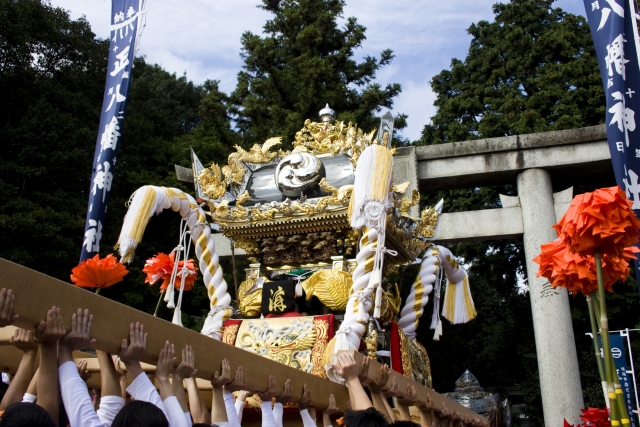
Autumn Festival at Emishu-guu, Tenmangu Shrine in Shikama Ward, Himeji City ( Hyougo Prefecture)
Coexistence with the Eight Million Gods
Japanese gods are called Yaoyorozu no Kami (The gods dwell everywhere.), and they are believed to dwell in various places throughout our lives: rice paddies, fields, mountains, oceans, kamado (places where fire is handled), and countless other locations. Although usually invisible to the eye, people invite these gods into their homes and communities, holding festivals to show their appreciation. This worldview reflects the ancient Japanese belief that sacred power resides in all aspects of the natural world, a concept that continues to resonate in many people’s hearts even today.
Despite influences from foreign religions such as Buddhism and Christianity, Japan has never lost its reverence for the Shinto belief in the yaoyorozu no kami. Furthermore, even in the 21st century, we can observe how animistic culture continues to blend seamlessly with Japan’s high-tech orientation. This phenomenon can be attributed to Japan’s cultural diversity, inclusiveness, and deep sense of coexistence with nature.

Dousojin ( traveler’s guardian deity )
Shinto’s View of Nature and Its Modern Legacy
Shintoism has long been rooted in the worship of nature and the veneration of ancestors, maintaining animistic beliefs that gods reside in mountains, rivers, trees, and other elements of nature. This deep connection with daily life and local communities allowed Shinto to coexist harmoniously with foreign religions. For instance, when Buddhism arrived in the 6th century, instead of conflicting with Shinto, it merged to create a unique religious tradition called shinbutsu-shuugou (syncretism of Shinto and Buddhism), which shaped Japan’s distinctive spiritual landscape.
Even in the 21st century, this animistic worldview remains deeply embedded in Japanese culture, naturally blending with modern technology and subculture. The prevalence of anime and video games featuring themes of spirits and the power of nature reflects Shintoist values, demonstrating that the belief in spirits residing in natural objects continues to be part of people’s daily lives.

By Indiana jo – Own work, CC BY-SA 4.0, Link
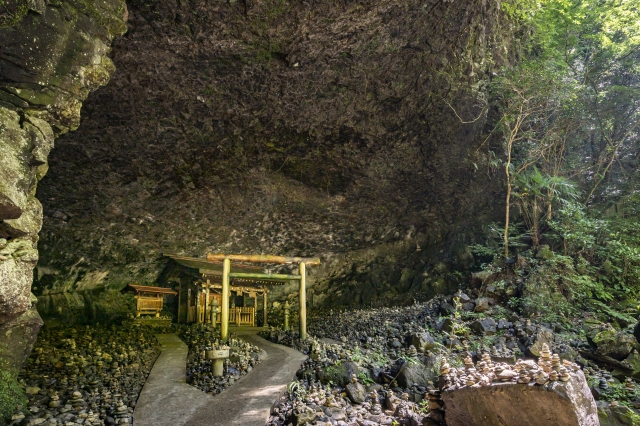
Embraced by the Festival’s Melodies
During the festivals, people sing, dance, and enjoy themselves with the gods using traditional instruments: the fue (flute) and taiko (drums). The powerful “don” sound of the drums and the beautiful “hyarara” melody of the flutes resonate throughout the village, creating a sacred atmosphere. These traditional instrumental sounds play a crucial role in welcoming the gods and expressing gratitude, while also uniting the hearts of all participants.
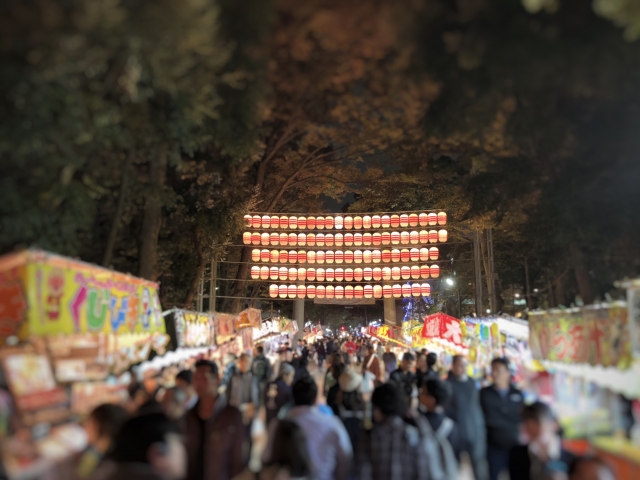
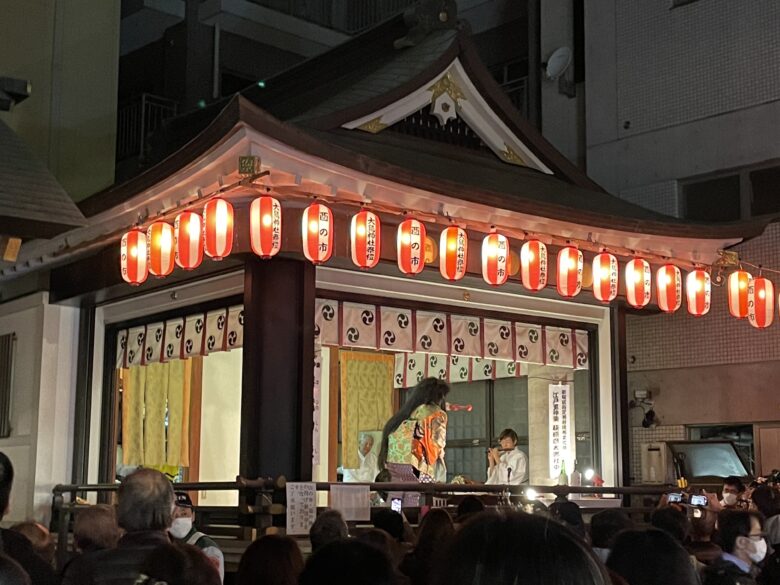
After the autumn festival concludes, the villagers begin preparing for winter. The festival represents Japanese wisdom of living in harmony with natural rhythms, marking the seasonal transitions and maintaining awareness of nature’s cycles.
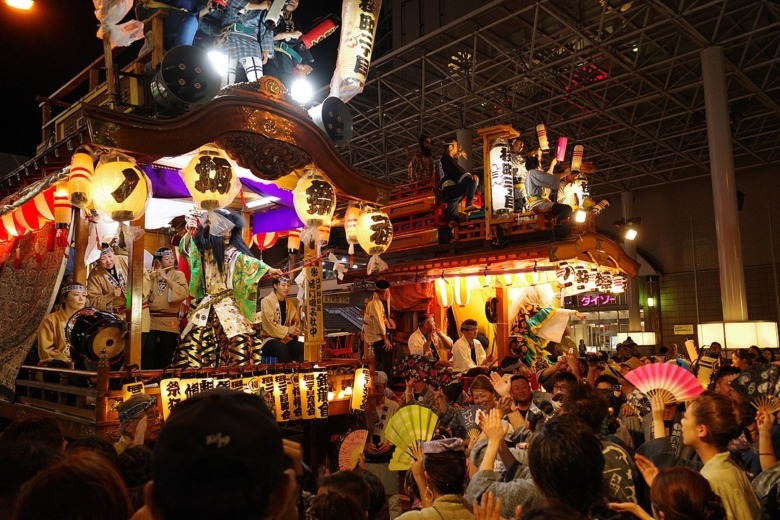
Tsuchiura City Yasaka Festival (Ibaraki Prefecture) , By NU-Xs – Own work, CC BY-SA 4.0, Link
▼A Journey to the Source of Japanese Mythology
▼Festivals from spring to summer are often large-scale events rooted in prayers for victories by powerful warlords or for the healing of epidemics. On the other hand, autumn festivals are usually more localized, focusing on giving thanks for the abundant harvests specific to each region.

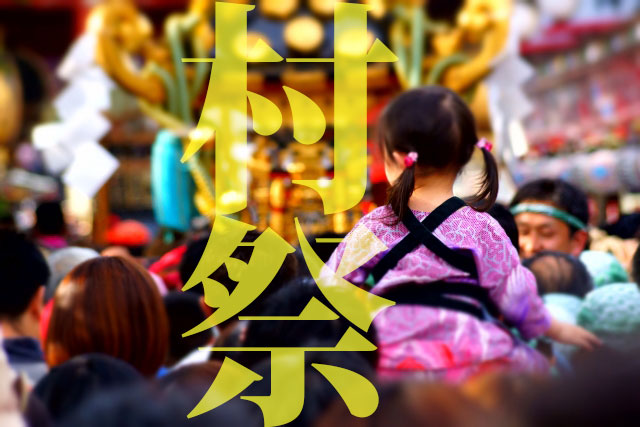

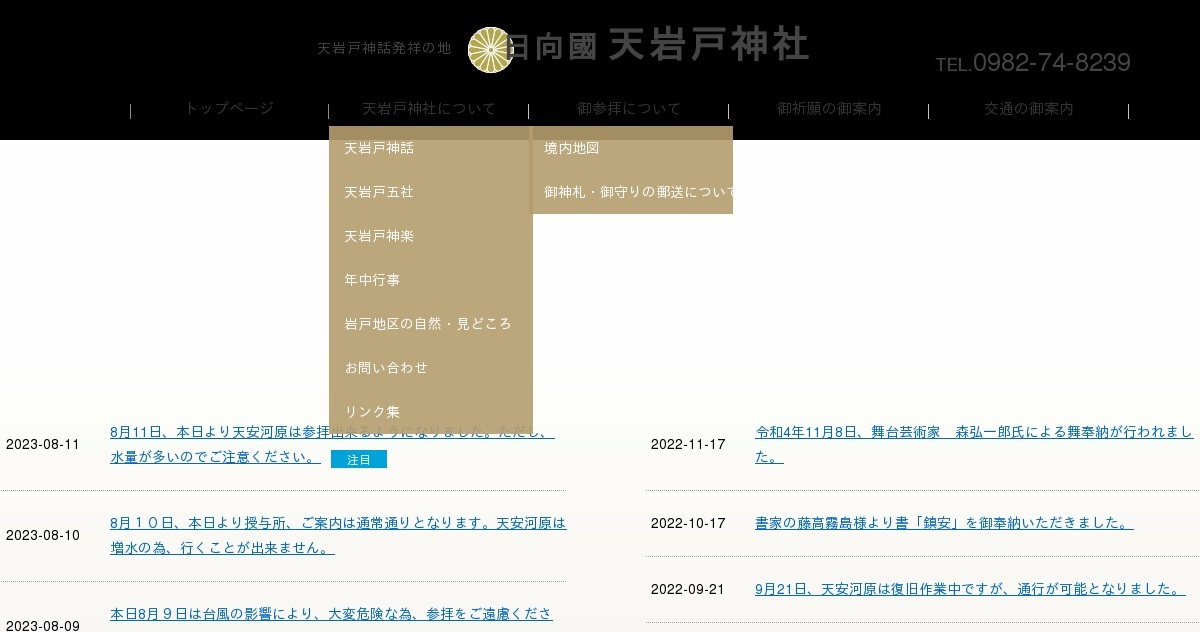



コメント
My mother will also be taking the exam this coming october.. I hope this will be able to help her pass the examinaton.. Roseanne Kelbee Tychonn
Top dissertation conclusion writer websites for masters . Cristi Mychal Marlena
Way cool! Some very valid points! I appreciate you writing this write-up and the rest of the website is extremely good. Bryant Berke